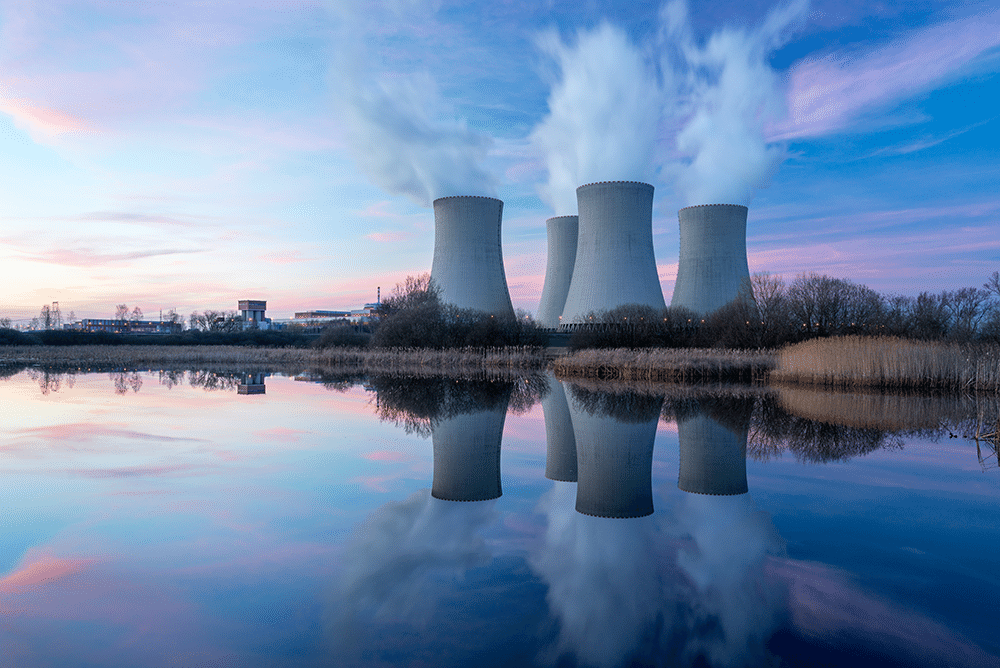In 2019, the European Manufacturing sector was responsible for an annual total of 880 million tons of carbon dioxide. This makes it one of the largest single emitters of greenhouse gases in Europe. While in the US, manufacturing accounts for almost a quarter (23%) of direct carbon emissions
With the current global spotlight being shone on climate change, countries and large corporations are having to agree to new climate regulations in the bid to reduce their carbon footprint, and are looking to innovative and complementary technologies that will help to reduce emissions, whilst future proofing their operations – including the adoption and deployment of extended reality (XR) technologies.
What is XR?
XR (or eXtended Reality) is an umbrella term that encompasses the immersive Augmented (AR), Mixed (MR) and Virtual Reality (VR) technologies.
Understand the differences between AR, MR and VR
XR technologies allow data (for the point of this post, 3D CAD and PLM data) to be interacted with as a 3D digital representation in context, and at full scale.
How can XR make it green?
On the surface, using XR devices may not seem like they are making much of a difference to an organisation’s green credentials. But small changes in the early stages of product development can filter through along the product’s lifecycle, from the initial design stages to the finished product rolling off the production line.
So where to use it…
Design reviews and prototyping
The design review process often starts with teams looking at a CAD design on a computer screen. However, you never quite get the full picture through a 2D monitor- it can be hard to imagine the true shape and scale of a product, and whether the ergonomics of a design will translate to a physical product.
Usually the next step is to produce 3D models of the product, sometimes at full scale or sometimes as a smaller representation. But either way, additional materials such as clay or foam are required. If the modelling phase needs more than one iteration of a model, then the amount of material used (and the waste product) adds up. And what happens to the models when they are finished with? Do they just get thrown away or are the materials repurposed?
By using XR technology, design reviews can be conducted in context and at full scale, giving designers and engineers the chance to make changes without having to build additional models. The changes can be made in the CAD system and then re-checked in the XR device.
This saves on physical design iterations and therefore the need for modelling materials, which in return reduces the waste produced as excess.
Training
XR is great for training. By practicing a process (such as the assembly of a component) virtually, if errors are made, materials are not wasted and machinery is not needed to be used. The training process can be repeated as many times as necessary. So when the operator is experienced enough, the materials and machinery should only need to be used once.
Collaboration
Today’s products are rarely developed with the luxury of co-located teams. Globally distributed design is practically unavoidable, and increased home working is further adding to the challenge on effective collaboration between design teams.
By using the collaboration capabilities of XR to connect with globally located teams for processes such as design reviews and factory layouts, the need for previously required travel (including flights to visit various facilities) is redundant. With air travel being a major contributing factor to CO2 emissions, taking that need for travel away will make a difference to your green credentials (and your wallet!).
Summary
Starting small is still a start. Obviously there are changes that need to be made to manufacturing process on a grander scale in the attempt to cut emissions and waste, but these projects could take years to implement and cost a lot of money. Switching to XR for some smaller elements, like those mentioned above, may not make a massive dent in the fight against climate change, but its a good place to start.
For more information, visit the XR pages on our website or get in touch with our team of specialists today.



